|
|
|
|
Species Photo Gallery for Balclutha frontalis No Common Name |
 | Photo by: Erich Hofmann
New Hanover Co.
Comment: https://www.inaturalist.org/observations/59240008 | 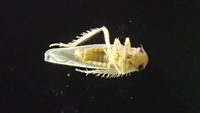 | Photo by: Erich Hofmann
New Hanover Co.
Comment: https://www.inaturalist.org/observations/59240008 |
 | Photo by: Erich Hofmann
New Hanover Co.
Comment: https://www.inaturalist.org/observations/59240008 | 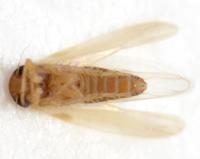 | Photo by: Kyle Kittelberger
Wake Co.
Comment: male, 3.46 mm |
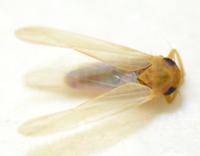 | Photo by: Kyle Kittelberger
Wake Co.
Comment: male, 3.46 mm | 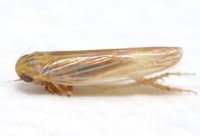 | Photo by: Kyle Kittelberger
Wake Co.
Comment: male and female (4.1 mm) |
 | Photo by: Kyle Kittelberger
Wake Co.
Comment: male and female (4.1 mm) |  | Photo by: Kyle Kittelberger
Wake Co.
Comment: male and female (4.1 mm) |
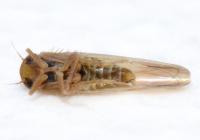 | Photo by: Kyle Kittelberger
Wake Co.
Comment: male (3.6 mm) | 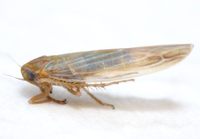 | Photo by: Kyle Kittelberger
Wake Co.
Comment: male (3.6 mm) |
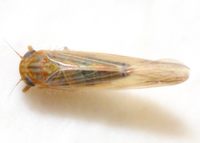 | Photo by: Kyle Kittelberger
Wake Co.
Comment: male (3.6 mm) |  | Photo by: Kyle Kittelberger, Brian Bockhahn
Transylvania Co.
Comment: female; 4.1 mm |
 | Photo by: Kyle Kittelberger, Brian Bockhahn
Transylvania Co.
Comment: female; 4.1 mm |  | Photo by: Kyle Kittelberger, Brian Bockhahn
Transylvania Co.
Comment: female; 4.1 mm |
|

 »
»
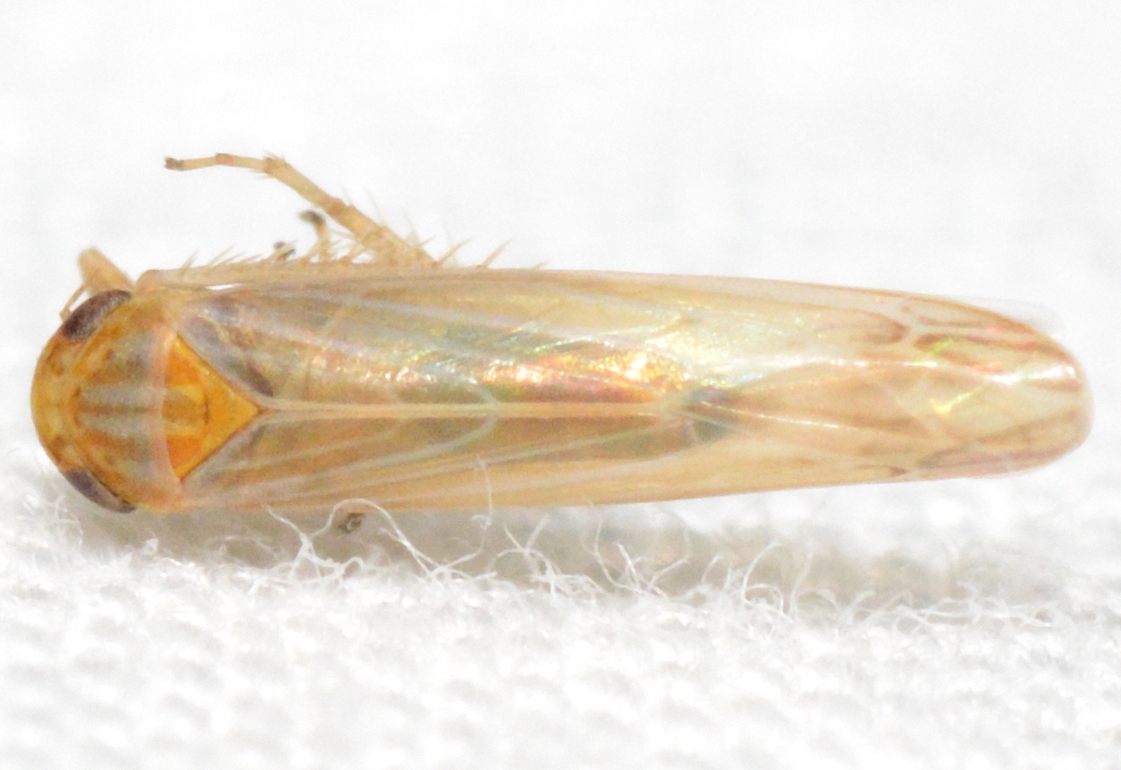
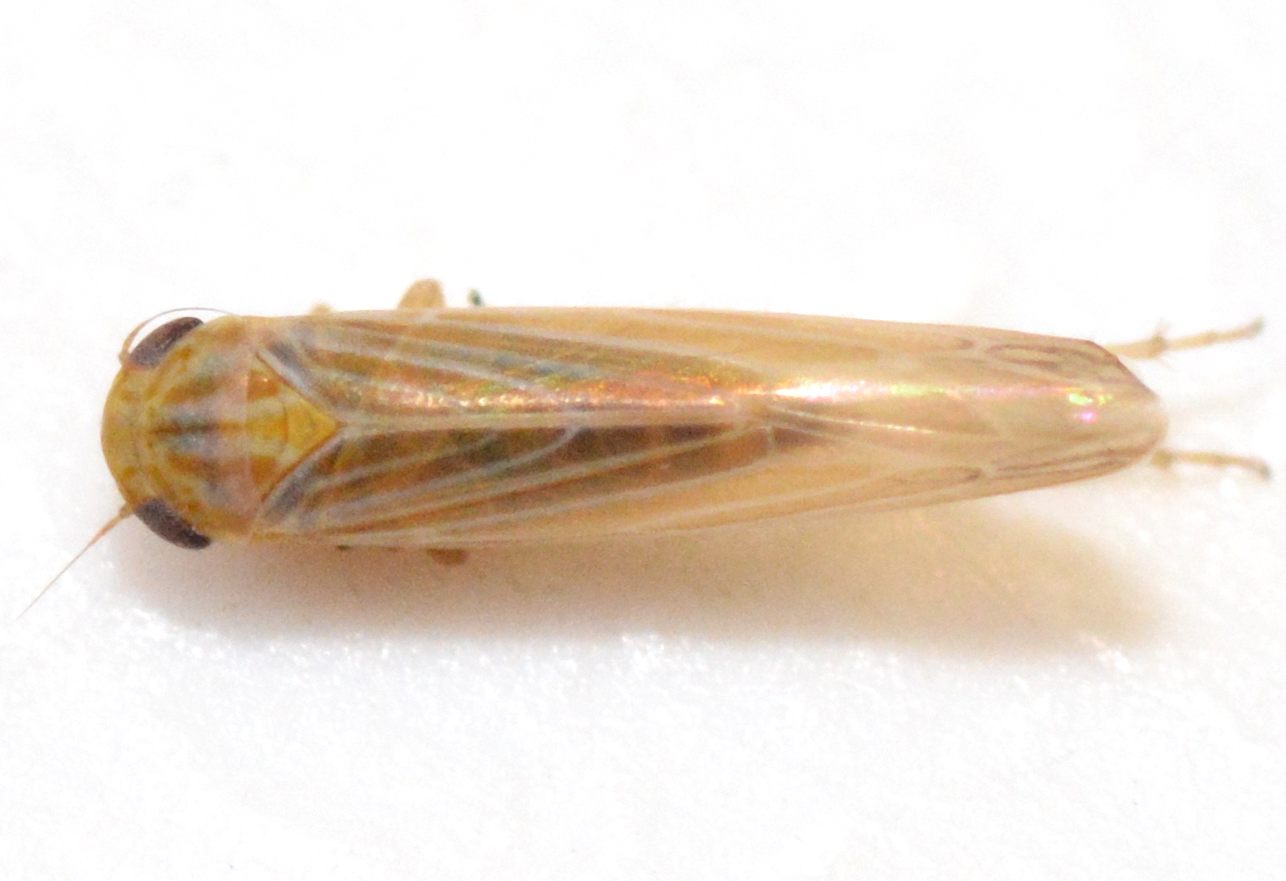


 »
»


